Some flavors speak louder than words. Creole mustard is one of them. Open a jar, and it hits you: sharp vinegar, warm spice, the crunch of whole mustard seeds. It’s not just a condiment — it’s a story from Louisiana in edible form. This creole mustard recipe brings that story home, with bold, soulful flavor that turns ordinary meals into memorable ones.
Whether you grew up near the bayou or just love Southern cooking, this is one pantry staple you’ll want to make from scratch.
A Southern Classic Reimagined
There’s a certain kind of summer day that smells like oak smoke, grilled pork, and tangy heat drifting through the air. The kind where cousins run barefoot in the grass and someone’s grandpa is telling stories with a beer in hand. If you’ve ever found yourself at a backyard cookout in southern Louisiana, chances are you’ve tasted a spoonful of something unforgettable — a golden, speckled sauce with heat, zing, and soul. That’s the magic of a creole mustard recipe, made the old way.
My First Taste of Creole Mustard
I still remember the first time I dipped a grilled sausage into homemade Creole mustard. It was thick, bold, and punched through the summer humidity with just the right amount of vinegar and spice. This wasn’t the stuff you squeeze from a yellow bottle. This was heritage in a jar — something rustic, alive, and deeply Southern. And today, I want to help you bring that exact flavor into your own kitchen.
Why Make It Yourself?
At its heart, a good creole mustard recipe is about balance. You want that grainy mustard texture — something you can feel between your teeth — but you also want bold flavor: the vinegar to make your mouth water, the horseradish for a sharp little jolt, and a smoky edge from Cajun spices that lingers on the tongue. It’s the kind of condiment that turns ordinary pork chops into showstoppers or gives deviled eggs a firecracker finish.
Authentic, Accessible, and Full of Possibilities
What makes this version special? It’s inspired by Louisiana’s Creole cooking — a blend of French, African, Spanish, and Caribbean influences — but it’s made to be practical. We’ll use ingredients you can find at most stores, no specialty markets required. And while there are plenty of shortcuts out there (Zatarain’s makes a solid bottled version), there’s nothing quite like the taste of a creole mustard recipe made fresh at home.
Your New Favorite All-Purpose Sauce
Whether you’re grilling for a crowd or spicing up a Tuesday-night dinner, this mustard is your secret weapon. Slather it on a po’boy, stir it into potato salad, glaze some chicken thighs, or serve it as a dipping sauce for barbecue. Trust me — once you’ve tried this creole mustard recipe, you’ll never reach for basic mustard again.
What Is Creole Mustard, Really?
Creole mustard isn’t just a spicier Dijon — it’s a proud product of Louisiana’s melting pot. Rooted in the bold, cross-cultural cooking of New Orleans, this mustard tells a story. French settlers first brought the idea of whole-grain mustard to Louisiana, where it evolved with local ingredients and African, Spanish, and Caribbean influences. The result? A punchy, coarse, acidic, and slightly sweet mustard that’s unlike anything else.
Any authentic creole mustard recipe starts with stone-ground brown mustard seeds. That grainy texture is key — it gives the mustard body and visual character. From there, vinegar brings sharpness, horseradish adds heat, and a whisper of brown sugar smooths it out. It’s strong without being overpowering — perfect for anyone who likes a little fire without losing the flavor.
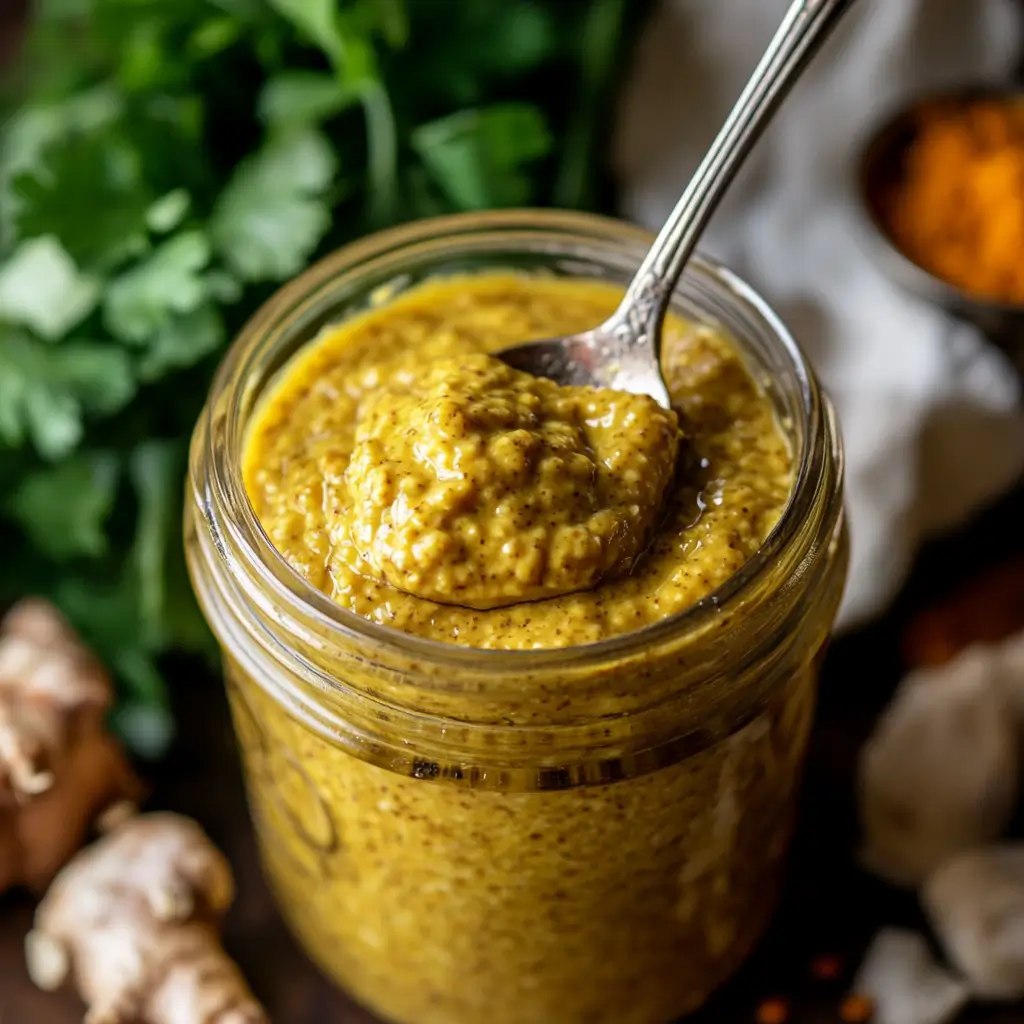
What Sets It Apart from Other Mustards?
You might wonder: isn’t this just spicy mustard? Not quite. A true creole mustard recipe stands apart in three major ways:
- Texture – Forget smooth and silky. This mustard is chunky, rustic, and full of character.
- Vinegar-forward tang – The acidity is higher, often thanks to white wine or apple cider vinegar.
- Heat with depth – Horseradish gives a slow, building heat, different from chili-based spice.
Compare that to Dijon (silky, wine-based, no horseradish) or yellow mustard (mild and vinegary but bland), and it’s clear: creole mustard recipe lovers are playing a whole different game.
Homemade vs. Store-Bought: Why DIY Wins
Zatarain’s makes a popular version of Creole mustard, and for good reason — it’s flavorful, accessible, and shelf-stable. But once you’ve tasted a homemade creole mustard recipe, there’s no going back. Freshly ground seeds, real horseradish, and no preservatives create a sharper, brighter taste that dances on your tongue.
Plus, making it yourself means you control the flavor. Want it sweeter? Add more brown sugar. Prefer more heat? Up the horseradish or cayenne. You can even tweak the vinegar to match what you’re serving — try white wine vinegar for elegance, or apple cider vinegar for roundness.
Common Substitutes (and When They Work)
If you’re in a pinch, there are ways to mimic the flavor of a good creole mustard recipe:
- Mix Dijon with prepared horseradish and a dash of hot sauce
- Blend spicy brown mustard with white vinegar and Creole seasoning
- Use Zatarain’s if available — it’s the closest bottled match
But again, nothing matches the freshness, customization, and bragging rights of making your own.
Creole mustard is deeply rooted in Louisiana’s food culture, which blends French, Spanish, African, and Caribbean influences. It’s important to understand how Creole differs from Cajun when appreciating its culinary role. Creole vs. Cajun: what sets the cuisines apart
The Best Creole Mustard Recipe (Base Formula)
Ingredients for a Bold, Balanced Creole Mustard
Making an authentic creole mustard recipe at home doesn’t require fancy equipment or hard-to-find ingredients. You just need a few pantry staples and a bit of patience to let the flavors marry.
Here’s what you’ll need for one medium jar (about 2 to 2½ cups):
- ½ cup stone-ground brown mustard seeds
- ⅓ cup white wine vinegar or apple cider vinegar
- ¼ cup cold water
- 2 tablespoons prepared horseradish (not cream-style)
- 1 tablespoon Worcestershire sauce
- 1 tablespoon Creole seasoning (like Tony Chachere’s or homemade)
- 1 teaspoon brown sugar
- 1 teaspoon Kosher salt
- ¼ teaspoon cayenne pepper (optional for extra heat)
💡 Tip: If you’re prepping this creole mustard recipe for a barbecue, make it 24 hours ahead so the flavors deepen overnight.
Step-by-Step Instructions
Step 1 – Soak the seeds
Place the mustard seeds, vinegar, and water in a glass bowl. Stir to combine, cover, and let them soak at room temperature for 12–24 hours. This softens the seeds and starts building that signature tangy bite.
Step 2 – Blend and balance
Add the soaked seeds (liquid included) to a food processor or blender along with the horseradish, Worcestershire, seasoning, sugar, salt, and cayenne. Pulse until it reaches your desired texture. Some folks like it chunky and bold — others go smoother. It’s your creole mustard recipe, your rules.
Step 3 – Taste and tweak
Taste for salt, heat, and sweetness. You can always adjust the sugar or vinegar here. If it’s too thick, add a tablespoon of water or vinegar to loosen it.
Step 4 – Rest and store
Transfer to a clean mason jar or airtight container. Let the mustard sit in the fridge for at least 12 hours before using — this allows the sharpness to mellow and the flavors to meld. It’ll keep for up to 2 weeks (or longer if using sterilized jars).
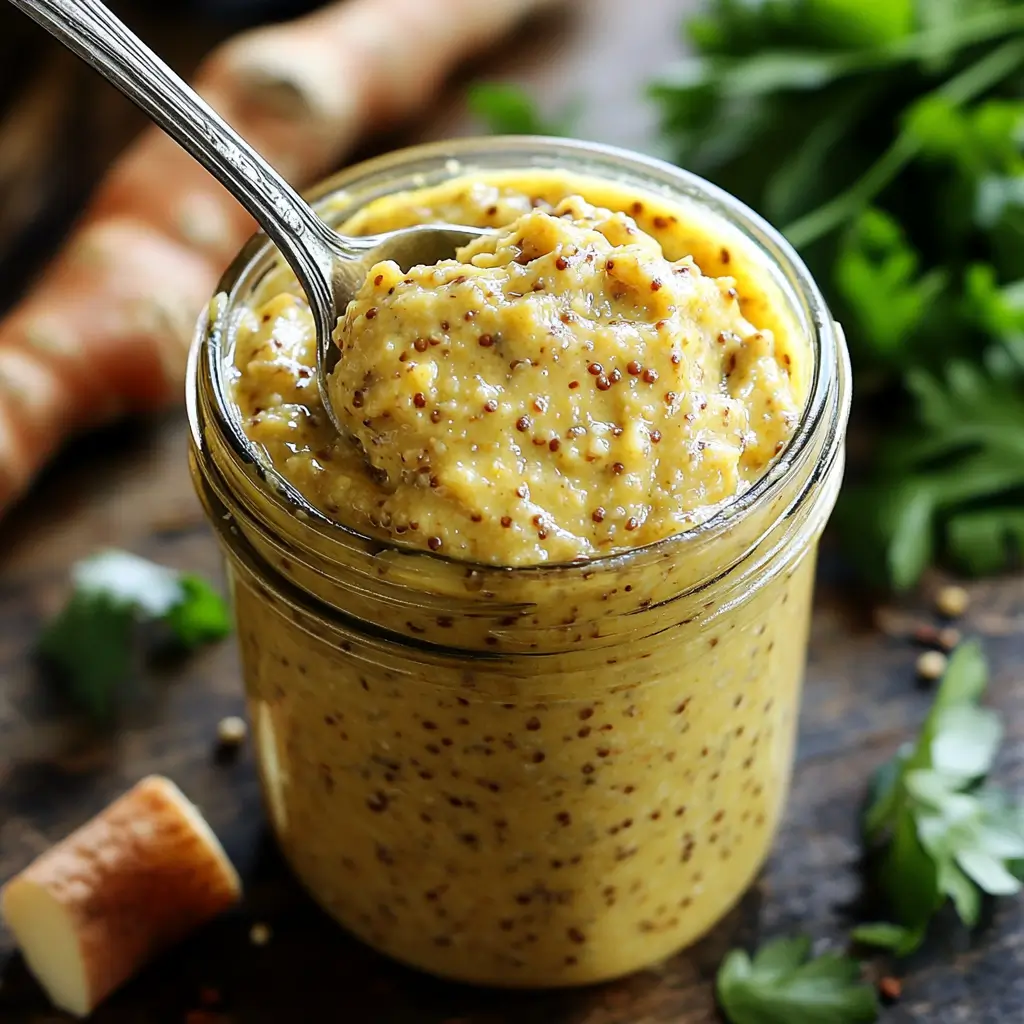
Recipe Variations Worth Trying
The beauty of a homemade creole mustard recipe is how flexible it is. Here are a few twists:
- Honey Creole Mustard: Add 1–2 tablespoons of honey for a sweet-spicy version great with chicken.
- Spicy Garlic Mustard: Add a minced garlic clove and extra cayenne for serious heat lovers.
- Smoky BBQ Blend: Stir in a dash of liquid smoke or smoked paprika for a grill-friendly upgrade.
You can even double the batch and give jars as homemade gifts — just label them and store in the fridge.
Ways to Use Creole Mustard (Beyond the Jar)
More Than a Condiment — It’s a Flavor Hero
Once you’ve made this creole mustard recipe, the real fun begins. Sure, it’s perfect as a sandwich spread or hot dog topper, but its bold, complex flavor makes it a secret weapon in the kitchen. This isn’t just mustard — it’s marinade, dip, glaze, and sauce all in one.
As a Marinade for Chicken and Pork
Creole mustard makes an exceptional marinade base. Its acidic tang helps tenderize the meat, while its spices infuse every bite with character. For chicken thighs or pork chops, mix 3 tablespoons of your creole mustard recipe with:
- 1 tablespoon olive oil
- 2 teaspoons honey or brown sugar
- 1 crushed garlic clove
- Juice of half a lemon or a splash of vinegar
Marinate for at least 2 hours (overnight is better), then grill or roast. This combo brings out the natural sweetness in pork and balances the richness of chicken skin beautifully.
Many fans search for a creole mustard recipe for chicken — this is the one they’ll come back to.
The Ultimate Dipping Sauce for Everything
Transform your creole mustard recipe into a bold dipping sauce with a few easy additions:
- 2 parts Creole mustard
- 1 part mayo or Greek yogurt
- A splash of hot sauce (Crystal or Louisiana-style is perfect)
- Optional: chopped parsley, minced shallot, or a pinch of smoked paprika
Serve with fries, fried pickles, chicken tenders, or grilled shrimp. Think of it as a spicier cousin to remoulade — Southern, zippy, and unforgettable.
Flavor Boost in Salads, Slaws & Eggs
Just a spoonful of your homemade creole mustard recipe can elevate all kinds of cold dishes:
- Stir into creamy potato salad for a tangy twist
- Whisk into coleslaw dressing with vinegar and mayo
- Mix into deviled egg filling for bold, peppery bite
- Add to vinaigrettes for grilled vegetable salads
It’s especially good when you want your summer side dishes to sing.
A Texas Roadhouse–Style Steak Sauce Hack
If you’re a fan of the spicy-sweet mustard sauce served at Texas Roadhouse, you’ll love this twist:
Mix your creole mustard recipe with a little honey and horseradish for a homemade version that pairs beautifully with ribeye or sirloin.
Want a bolder BBQ? Brush it onto ribs during the last few minutes of grilling. The sugars caramelize and the vinegar cuts through the fat.
Give It as a Gift (Seriously)
Fill a few mason jars, tie a tag around the lid, and suddenly your creole mustard recipe becomes the most popular gift at the next family gathering or food swap. Add a label with usage ideas — you might spark a lifelong fan.
Additional Recommended Recipes
If you loved this Creole mustard recipe with deep Southern flavor, try one of these next for more bold, Southern-inspired creations:
- Louisiana Fried Catfish Recipe – Crispy, golden, and perfect for dipping into a spicy Creole mustard.
- Shrimp St. Charles Recipe – A rich, buttery New Orleans dish that pairs beautifully with a sharp mustard kick.
- Cajun Cream Sauce Recipe – Velvety, spiced sauce that brings any Southern dish to life.
- Louisiana Crab Cake Recipe – Tender and packed with flavor—serve with a dollop of mustard for a classic touch.
These dishes bring that deep Southern flair straight to your table—just like your new favorite Creole mustard.
Print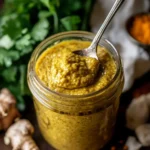
Bold Creole Mustard Recipe with Deep Southern Flavor
- Total Time: 12–24 hours (includes soaking and resting)
- Yield: 2 to 2½ cups 1x
- Diet: Vegetarian
Description
Bold, tangy, and full of Southern soul, this homemade Creole mustard recipe brings Louisiana’s culinary magic to your table.
Ingredients
Base Mustard Mix:
½ cup stone-ground brown mustard seeds
⅓ cup white wine vinegar or apple cider vinegar
¼ cup cold water
Flavor Enhancers:
2 tablespoons prepared horseradish (not cream-style)
1 tablespoon Worcestershire sauce
1 tablespoon Creole seasoning (e.g., Tony Chachere’s)
1 teaspoon brown sugar
1 teaspoon Kosher salt
¼ teaspoon cayenne pepper (optional)
Instructions
Soak the Seeds: Combine mustard seeds, vinegar, and water in a bowl. Stir, cover, and let soak at room temperature for 12–24 hours.
Blend: Add soaked mixture to a food processor with horseradish, Worcestershire, seasoning, sugar, salt, and cayenne. Pulse until desired texture is reached.
Adjust Flavor: Taste and adjust salt, vinegar, or sugar as needed. Thin with water or vinegar if too thick.
Store: Transfer to a mason jar or airtight container. Refrigerate for at least 12 hours before using. Keeps up to 2 weeks.
Notes
- For a sweeter version, add 1–2 tablespoons honey.
- Add garlic or smoked paprika for a flavor twist.
- Great as marinade, dipping sauce, or in deviled eggs.
- Best made 24 hours ahead for full flavor development.
- Prep Time: 15 minutes
- Cook Time: 0 minutes
- Category: Condiment
- Method: No-Bake
- Cuisine: Southern, Creole
Nutrition
- Serving Size: 1 tablespoon
- Calories: 20 kcal
- Sugar: 0.5 g
- Sodium: 120 mg
- Fat: 1.2 g
- Saturated Fat: 0.2 g
- Unsaturated Fat: 1 g
- Trans Fat: 0 g
- Carbohydrates: 1.8 g
- Fiber: 0.5 g
- Protein: 0.6 g
- Cholesterol: 0 mg
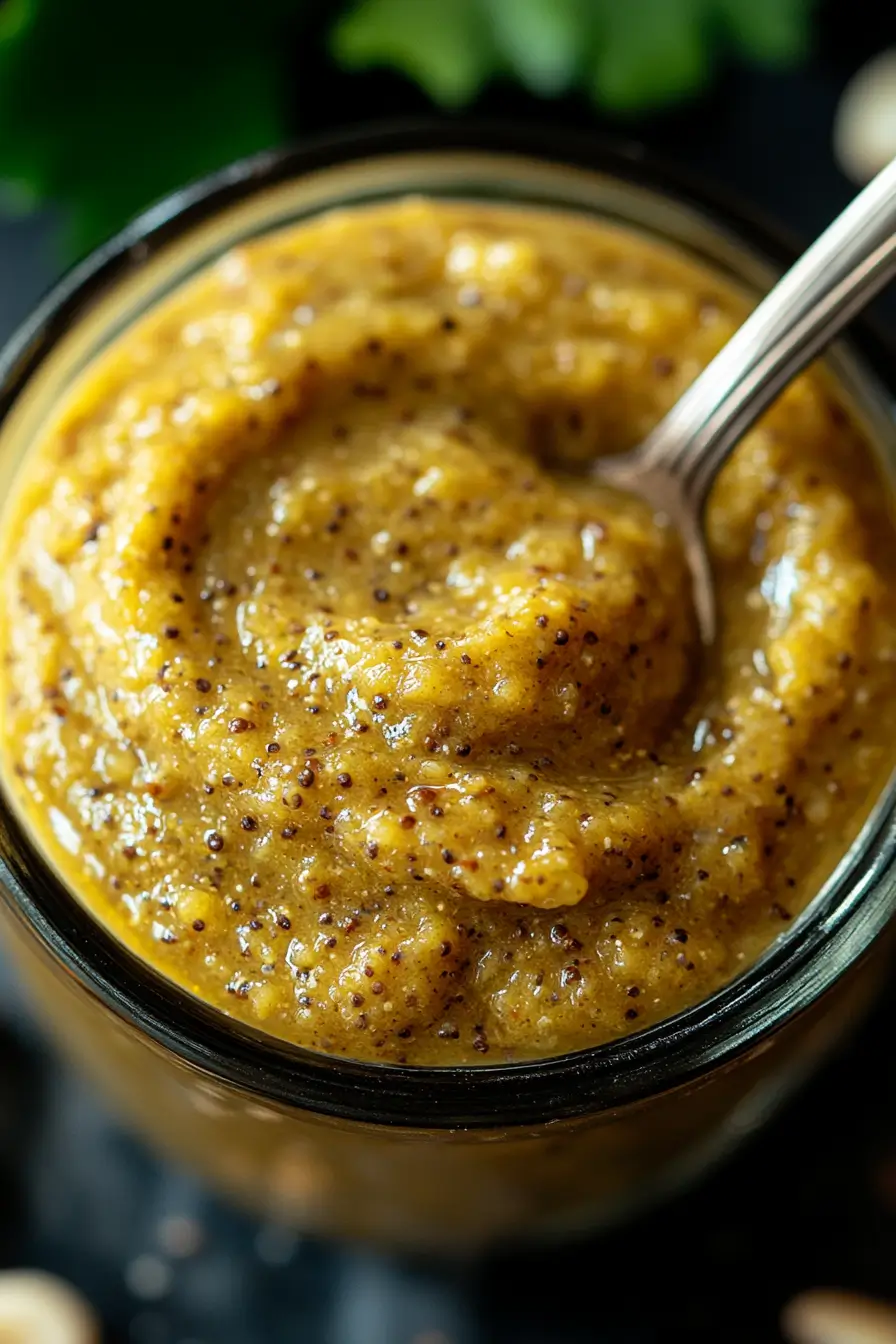

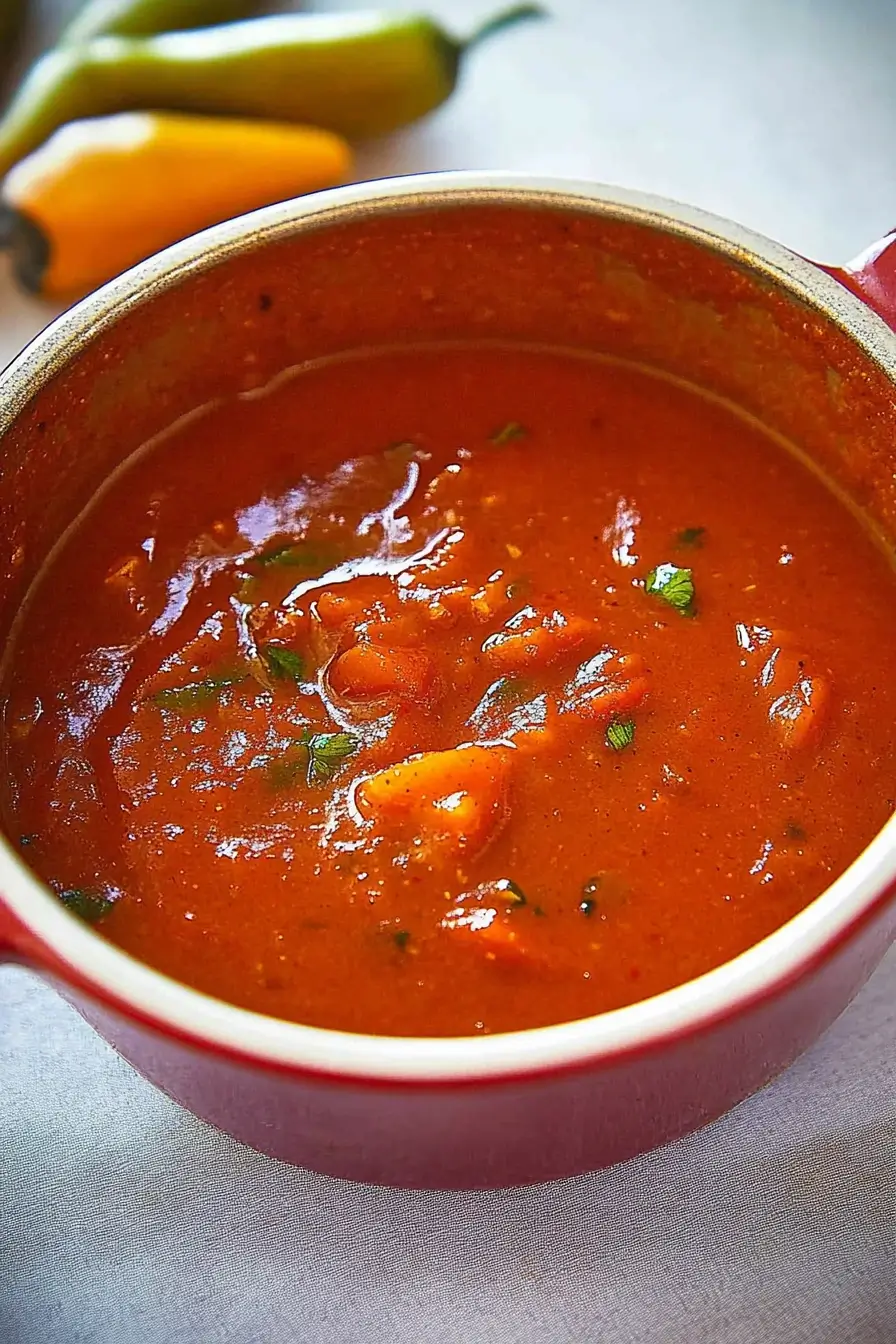
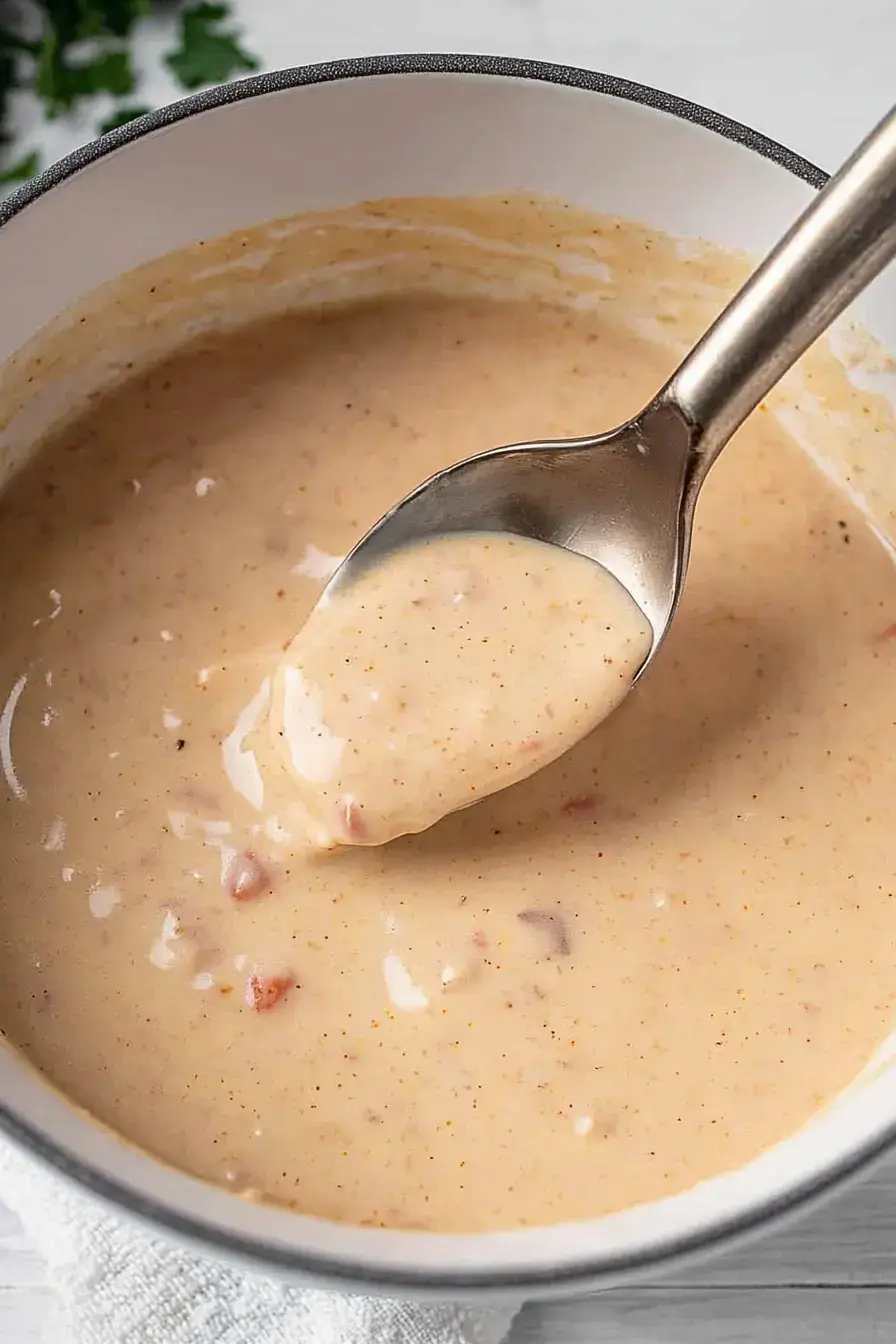
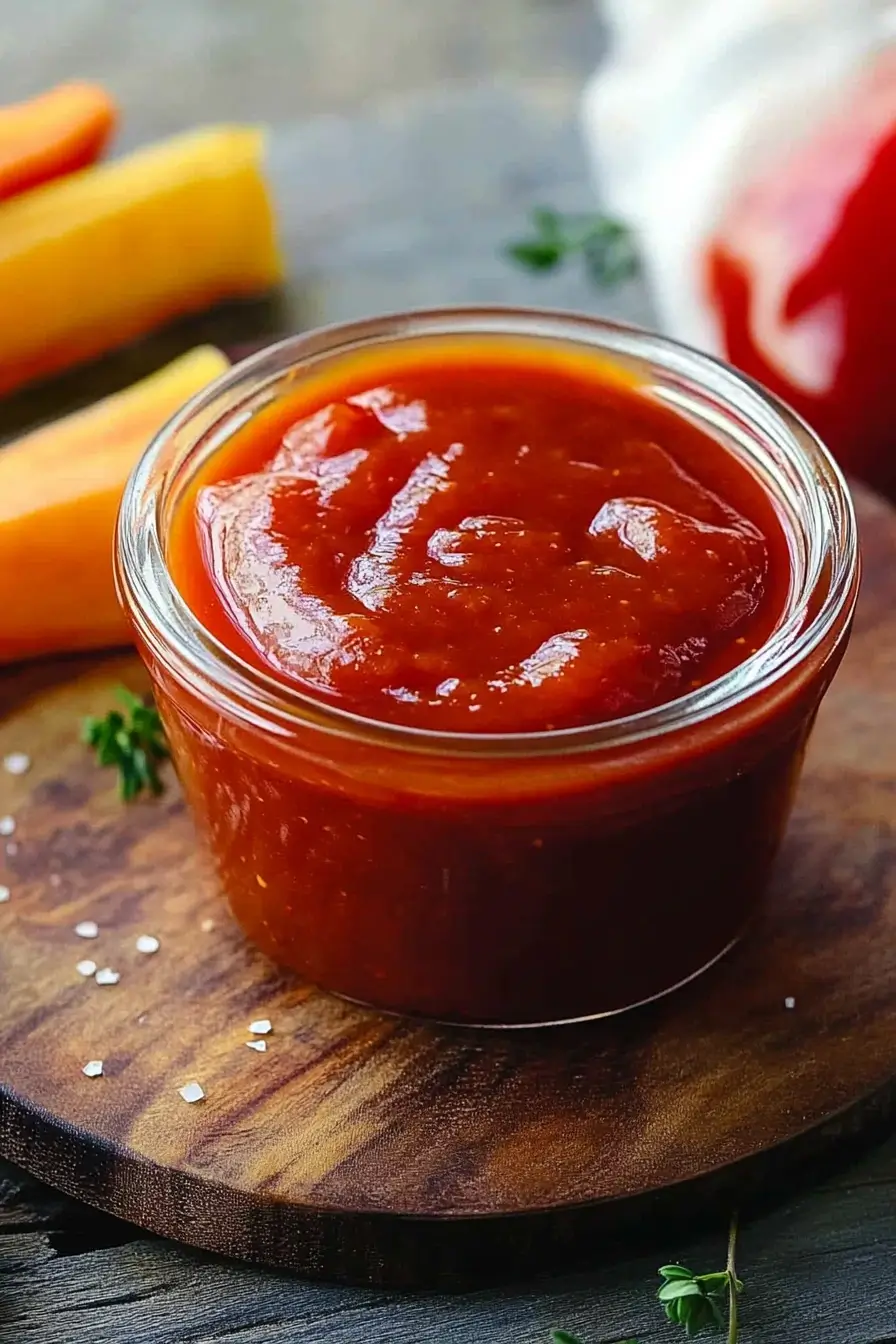
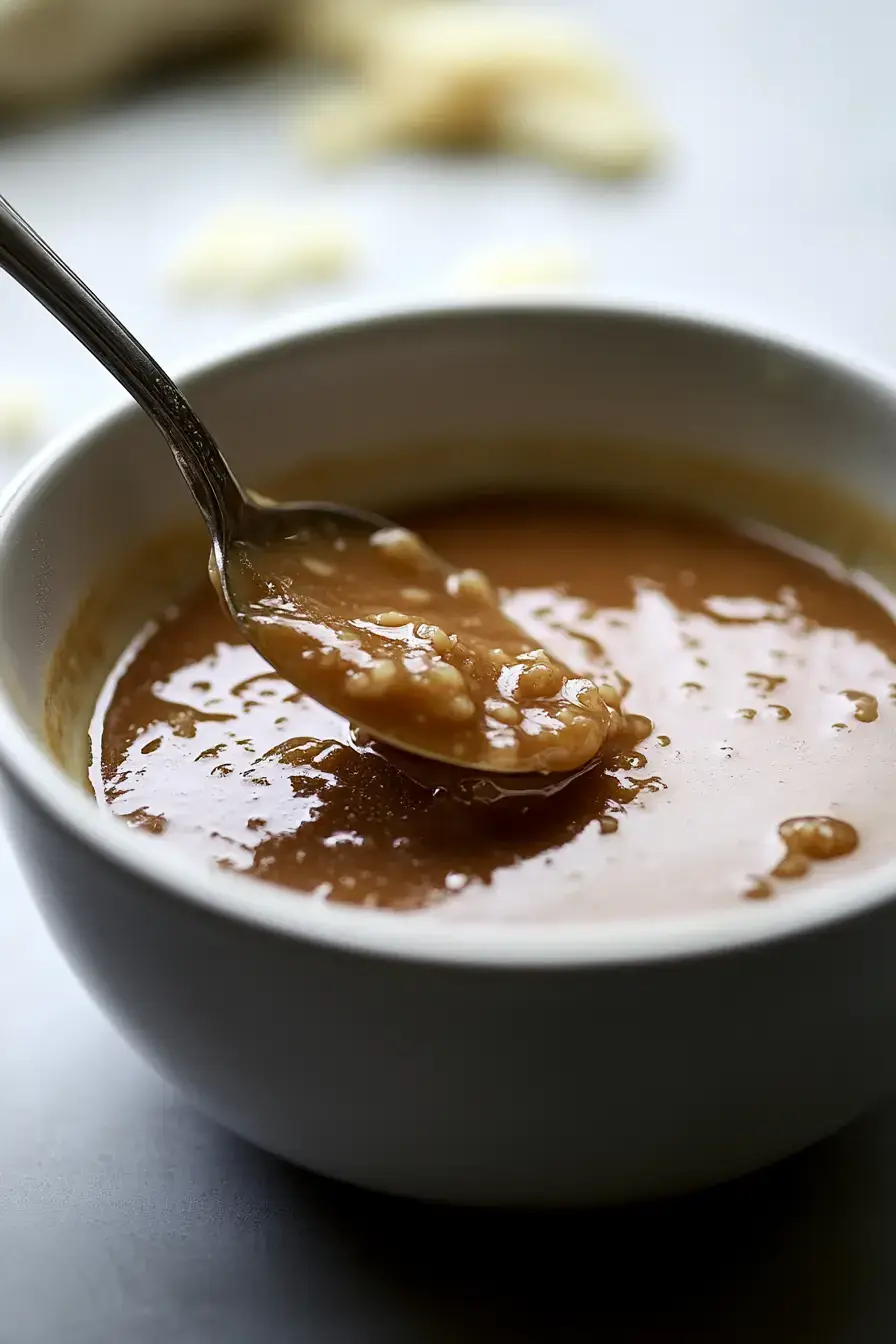
Comments and Reviews